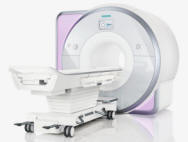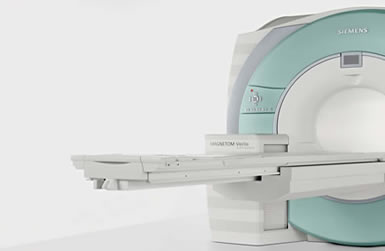|
|
|
 |
Pain is a major public health
problem. It is the most common symptom for which
patients seek medical care and the primary complaint of
approximately half of all patients who visit a doctor.
Several surveys conducted in European countries have
found that nearly 50% of adults suffer from one or more
types of pain or discomfort at any given point in time.
Chronic pain is defined as pain that lasts for more than
six months and does not respond to medical therapy. It
may result from either a previous injury long since
healed or it may have an on-going cause, such as nerve
damage, cancer, chronic infection or failed back surgery
syndrome (FBSS).
Chronic pain can have a drastic effect on a patientís
quality of life. Severe chronic pain may weaken a
patientís physical and psychological health far beyond
that which might be expected for the patientís
underlying disease. |
 |
Physical
problems
Patients who suffer from chronic pain are more likely to
be in poor general health. This is the result of
negative health consequences associated with
unrelieved pain, including:
● Increased stress, metabolic rate, blood clotting and
water retention
● Delayed healing
● Hormonal imbalances
● Impaired immune system and gastrointestinal
functioning
● Increased heart rate and blood pressure
● Increased blood sugar
● Decreased digestive activity
● Reduced blood flow
● Loss of function and atrophy |
 |
Psychological problems
Chronic pain is often associated with a long history of
psychological and social problems. Patients with chronic
pain may lose their jobs and income. In addition, pain
can lead to emotional distress and a deterioration in
family and social life, while preoccupation with pain
can lead to a downward
spiral of irritability and depression. |
|
|
Advances of pain management |
 |
For patients with chronic pain, pain
management typically involves a combination of physical
therapy, oral medication and other conservative
therapies. Some patients will need surgical intervention
to address the mechanical condition causing the pain,
whereas others may require advanced interventions.
Neurostimulation and intrathecal drug delivery (IDD)
often offer alternatives to destructive procedures or
sometimes more costly spinal surgeries in appropriately
selected patients. Although pharmacotherapy pain
treatment may reduce pain, it may also be associated
with adverse effects that will impact on a patientís
quality of life. Common adverse effects of pain
management strategies include reduced alertness or
mobility, dizziness or mental confusion, nausea,
vomiting, constipation or urinary retention, and motor
and sensory loss or weakness. |
 |
Treatment of chronic pain typically involves
a multidisciplinary approach. Management of chronic pain
patients with neuromodulation or IDD requires the interaction of
many specialists on a multidisciplinary team. The team draws on
the expertise of these specialists with the goal of achieving an
effective level of pain relief for the patient. The key members
of the team are referring physicians, who typically are involved
in all aspects of chronic pain treatment; implanting physicians
(normally anesthesiologists, neurosurgeons, spine surgeons and
general surgeons) and nurses with skills and training to implant
products for neurostimulation and intrathecal drug delivery; and
other personnel who work closely with patients, in particular,
the patient management co-ordinator. |

|
|
|
 Whatís Up
Whatís Up |
 |
August/14/2007
Inomed ISIS Intraoperative neurophysiological monitoring started
to function in all our related surgeries.
|
|
|
|
 |
Oct /07/2009
The author celebrating 30 years experience in neurosurgery. |
 |
Nov/28/2013
Skyra 3 tesla magnetom with all clinical applications are
running in the neurosuite. |
|
|
![]()


 Whatís Up
Whatís Up

